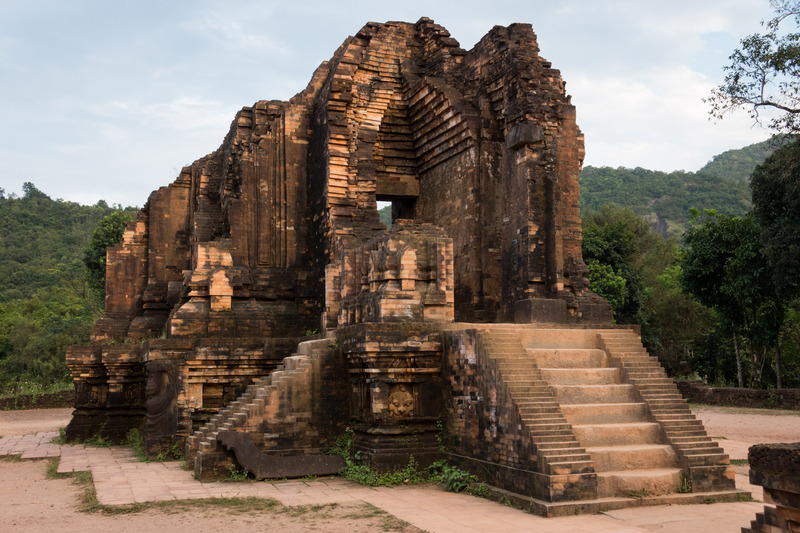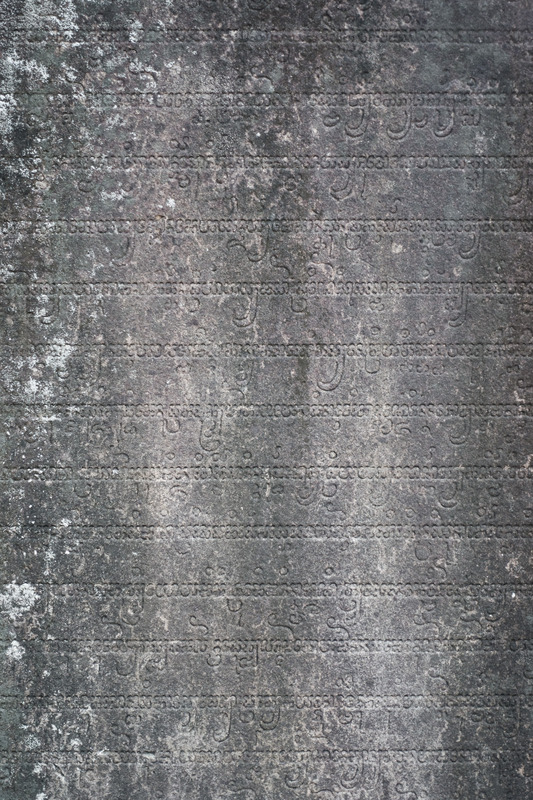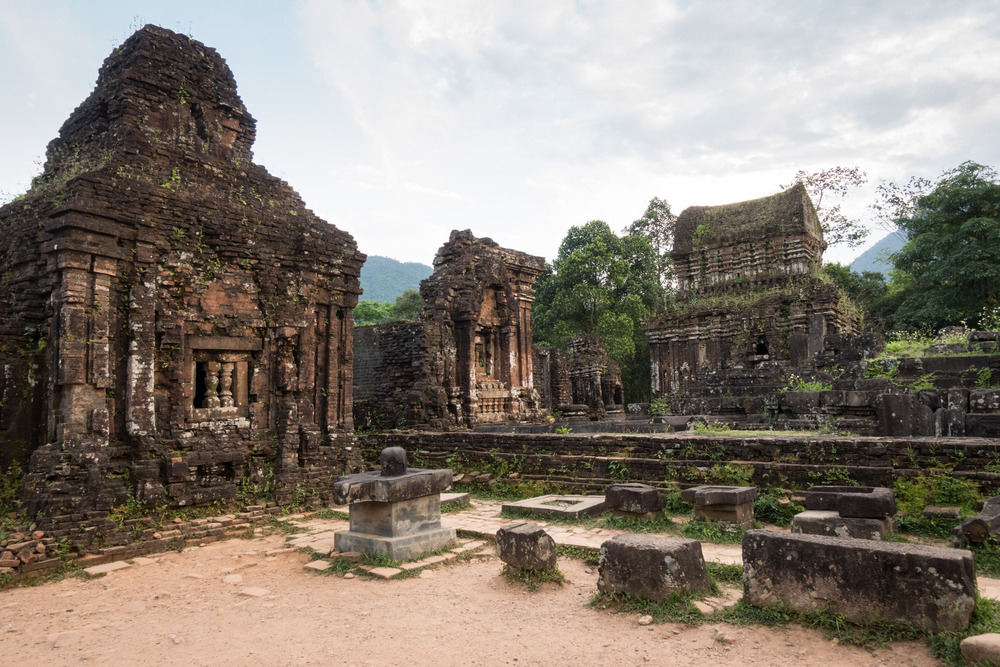Hội An: Color and History
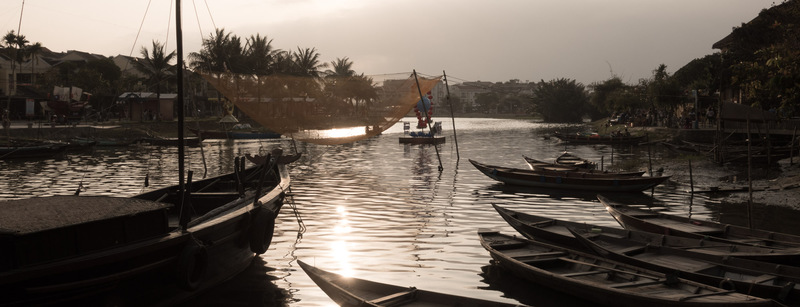
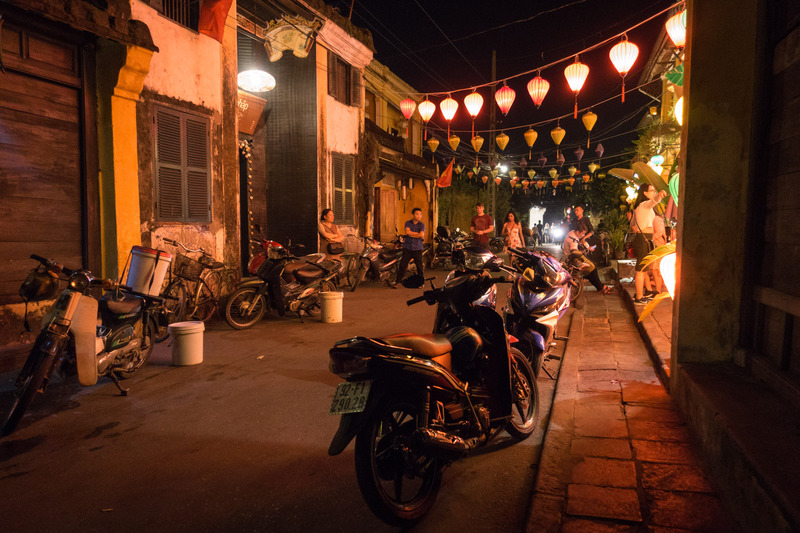
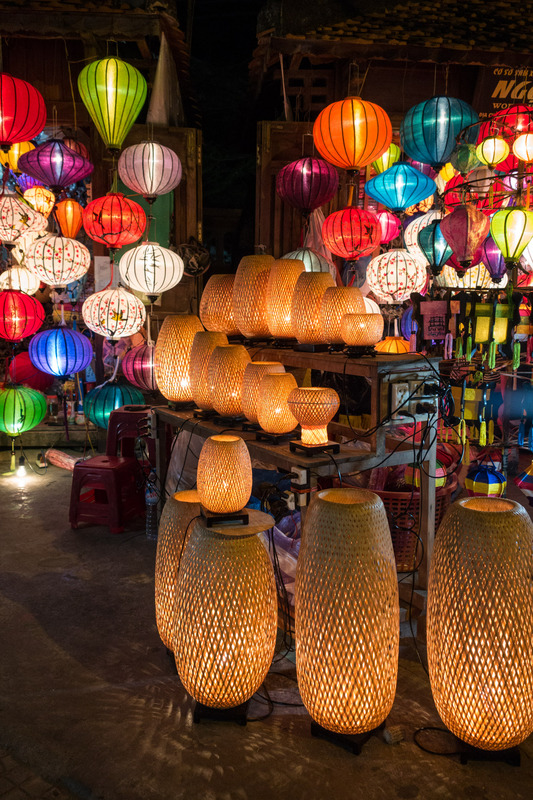
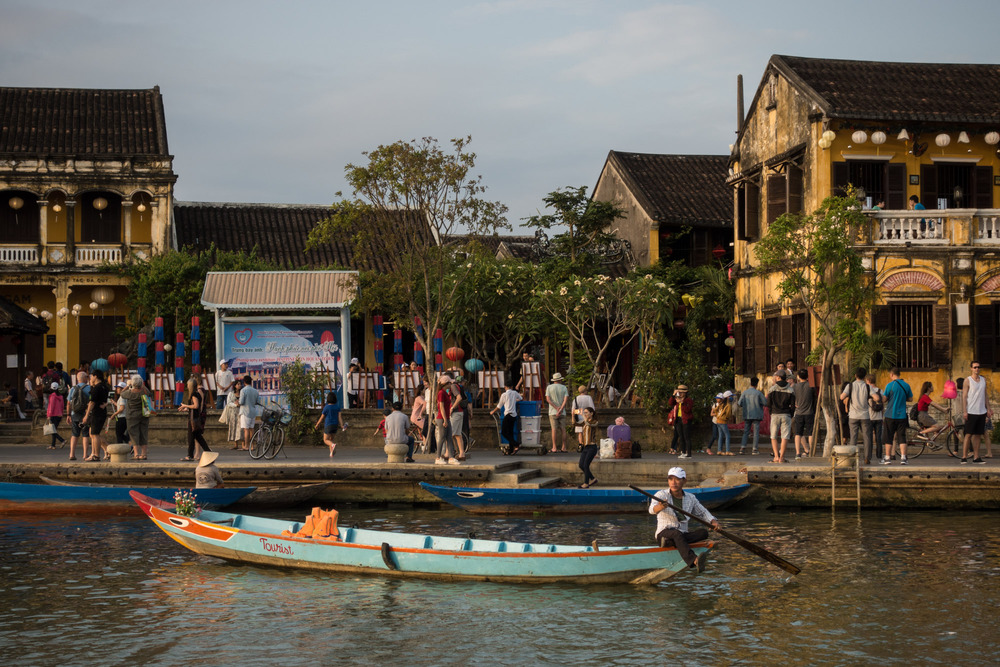
Hội An was hot and colorful and super touristy. It was more packed with tourists (both foreign and international) than both Sa Pa and Hanoi’s Old Quarter. We couldn’t walk past an establishment without someone trying to flag us down with offers of food, drink, massages, or boat rides. However, the city is charming and filled with interesting shops, tasty food, and delicious drinks. And Jake and I rallied one morning and woke up before sunrise; we were able to take pictures and experience Hội An’s Ancient Town before the crowds descended (and after we were done, we crawled back into bed for another couple hours).
The Ancient Town is situated on the banks of a large canal and used to be an important trading port between the 15th and 19th centuries. It has been designated as a UNESCO World Heritage site, and several rules have been established to help preserve its historic charm. Motorcycles are banned during peak visiting hours (unless you live within the Ancient Town), and new business licenses are prohibited. Presumably, there are also many rules regarding renovating or even painting existing buildings.
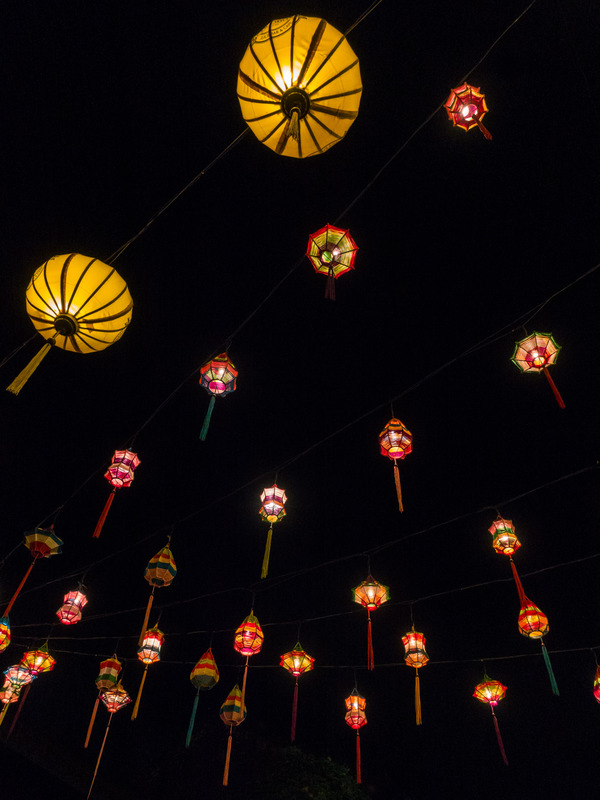
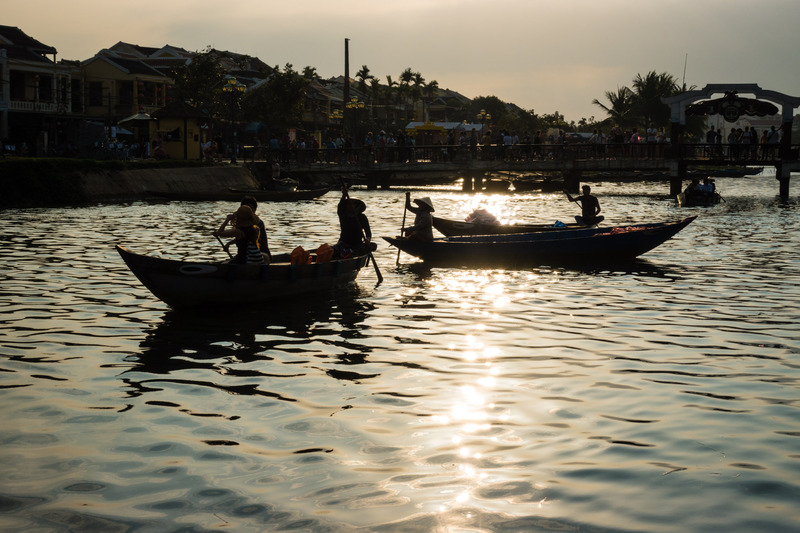
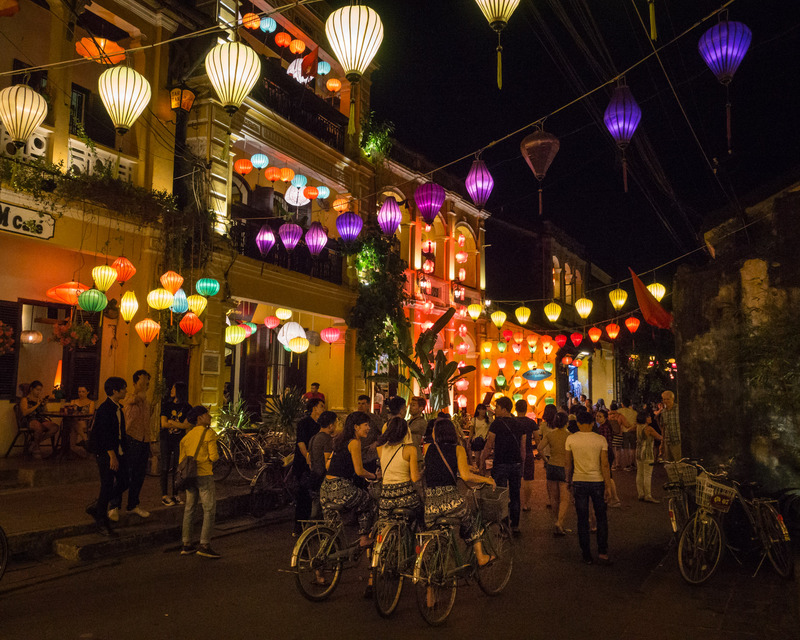
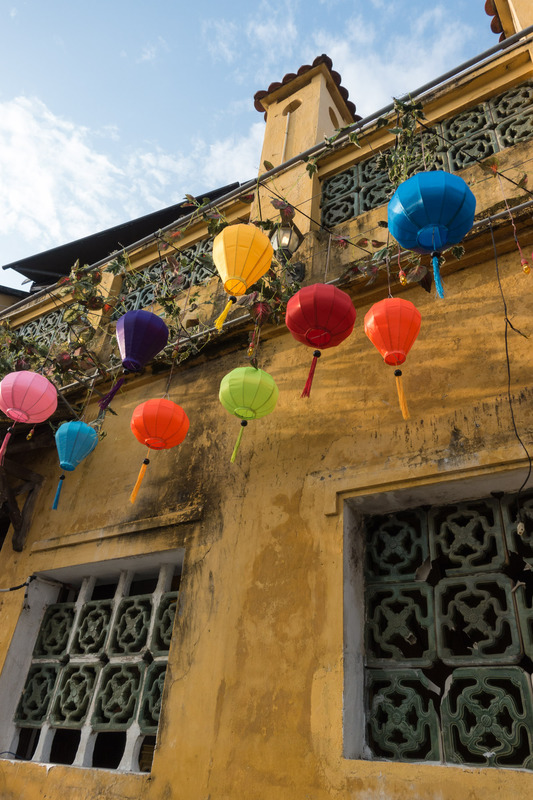
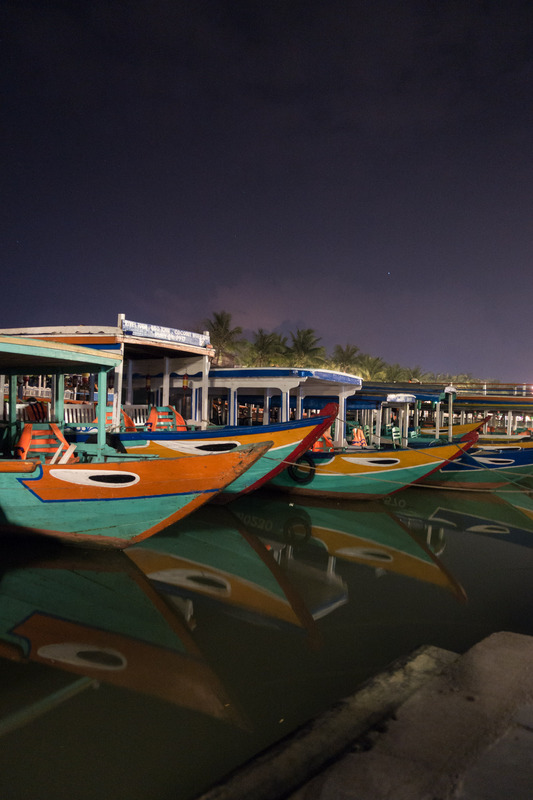
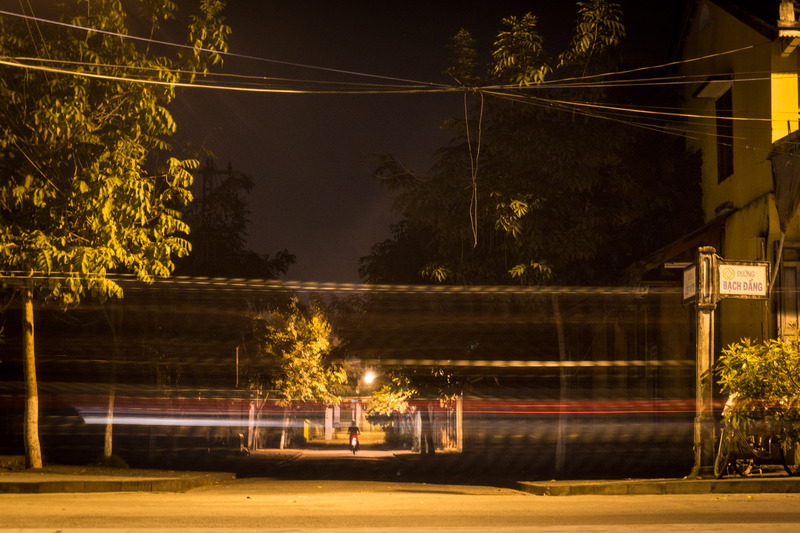
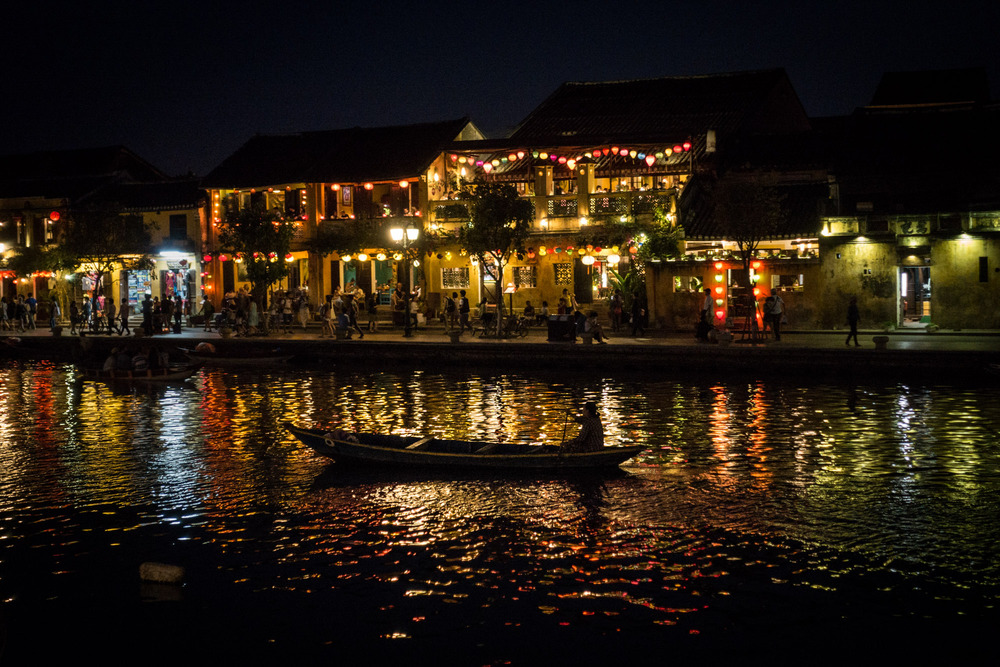
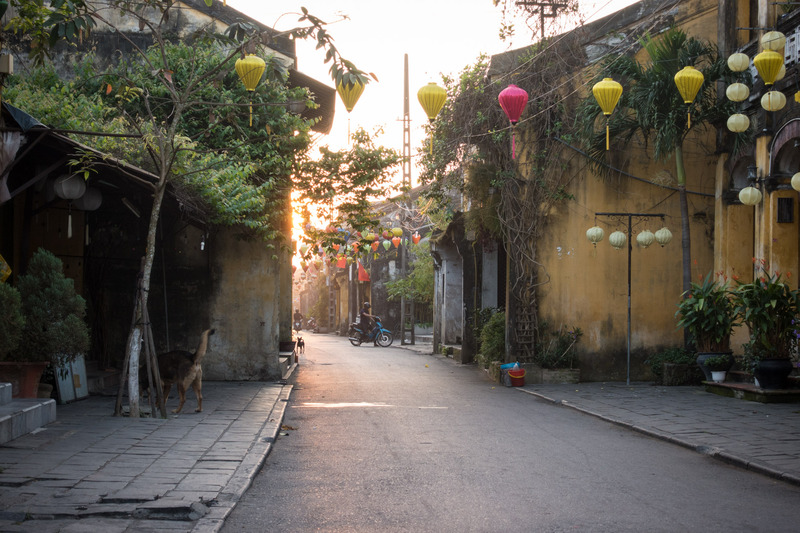
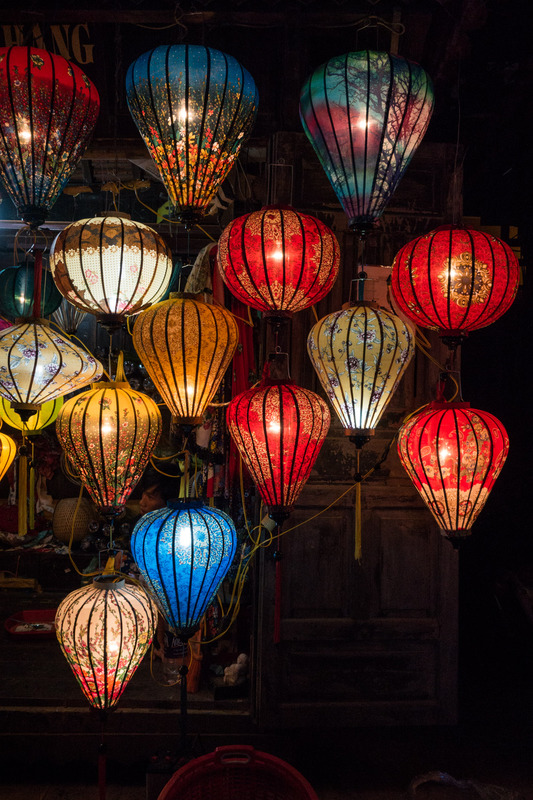
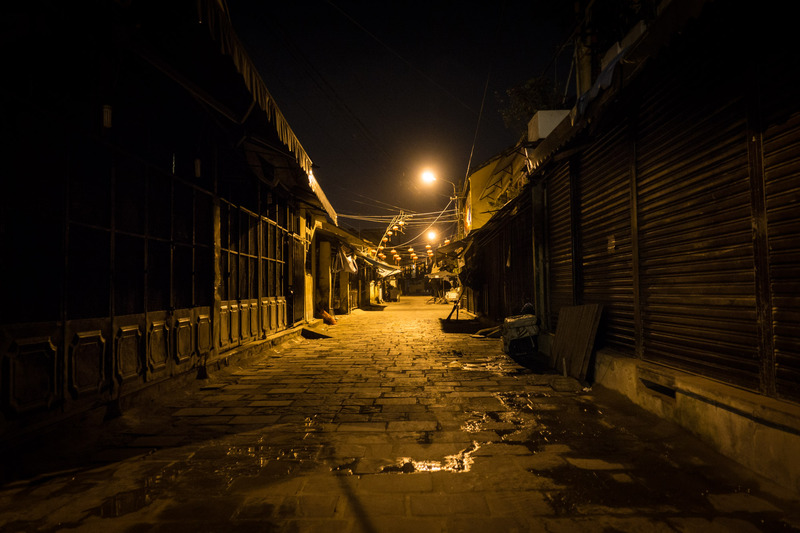
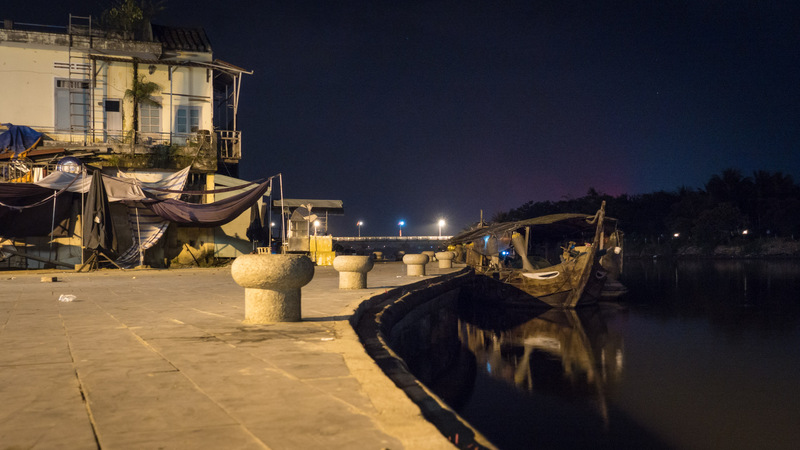
We stayed at a place that advertised itself as a homestay, but actually functioned just like a hotel or nhà nghỉ. Regardless, we quite enjoyed the stunning sunset visible from our balcony and the geckos we found in our room. The first night, we found a tiny baby gecko, about 1.5” from nose to tail, clinging to the ceiling in the corner of the room. In the morning, he had migrated to the other side of the ceiling. By the next evening, another gecko appeared, this time a 3” long adult. As we fell asleep that night, we heard the adult cry out, “ERK-ERK-ERK-ERK-ERK.” A second later, we heard a quiet response from the other side of the room: “erk-erk-erk-erk-erk.” Despite our best efforts, we could not get either gecko to respond to our imitation attempts.
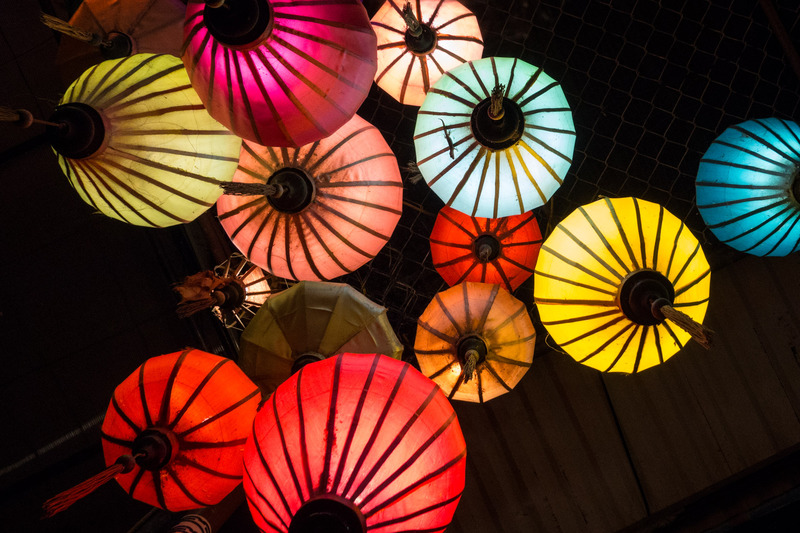
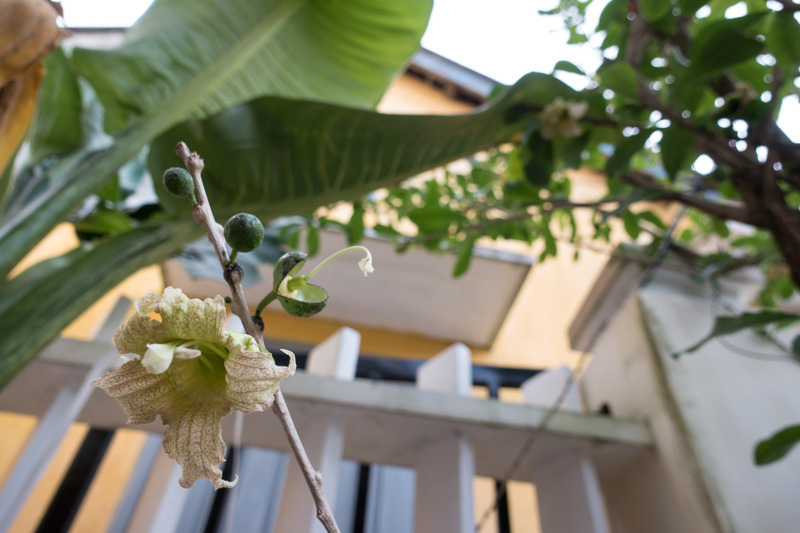
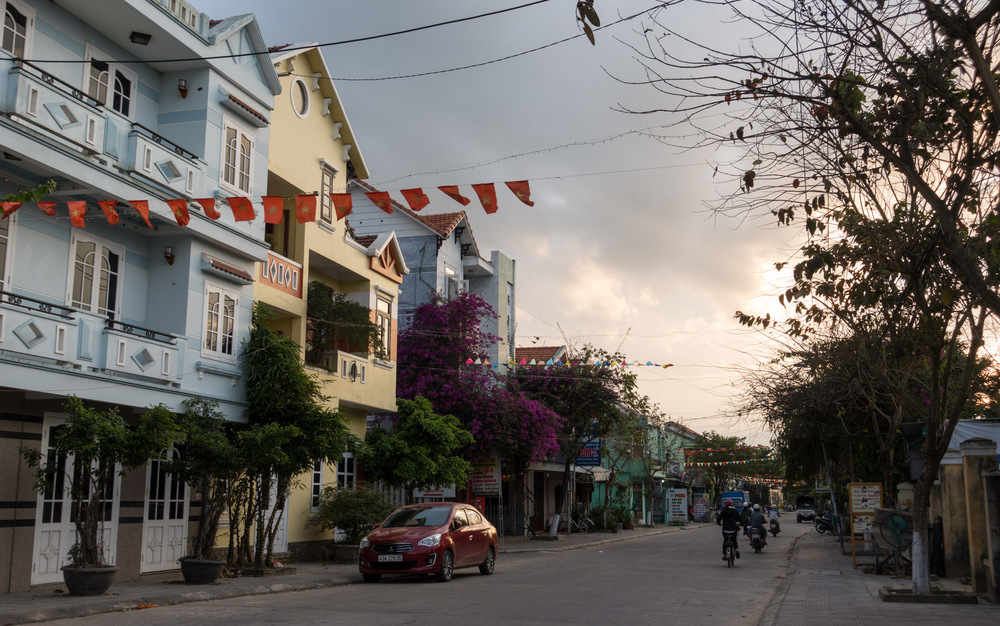
We sipped many glasses of good coffee and ate many plates of tasty food (most notably a Hội An noodle specialty, cao lầu). At one of the waterfront cafes, I had an interesting conversation with a woman selling notebooks just outside. Throughout Vietnam, I got many confused looks when I told people I was from the U.S. They would inevitably ask follow-up questions:
“But you have Asian face…?”
“I think you maybe look Vietnamese…”
“But your hair, face…”
This time, I decided to change things up:
Her: Where are you from?
Me: Nhật (Japan).
Her: Ah, same-same Vietnamese.
And then, considering the matter decisively settled, the woman dismissively turned her back and continued hawking her wares. I was left to stumble over her parting words and to try to figure out what she meant. I’ve since realized that her response was likely due to the very friendly relations between Japan and Vietnam. Because Japan is Vietnam’s largest direct investor, I have seen many Japanese flags depicted alongside Vietnamese flags, decorating bridges and construction sites.
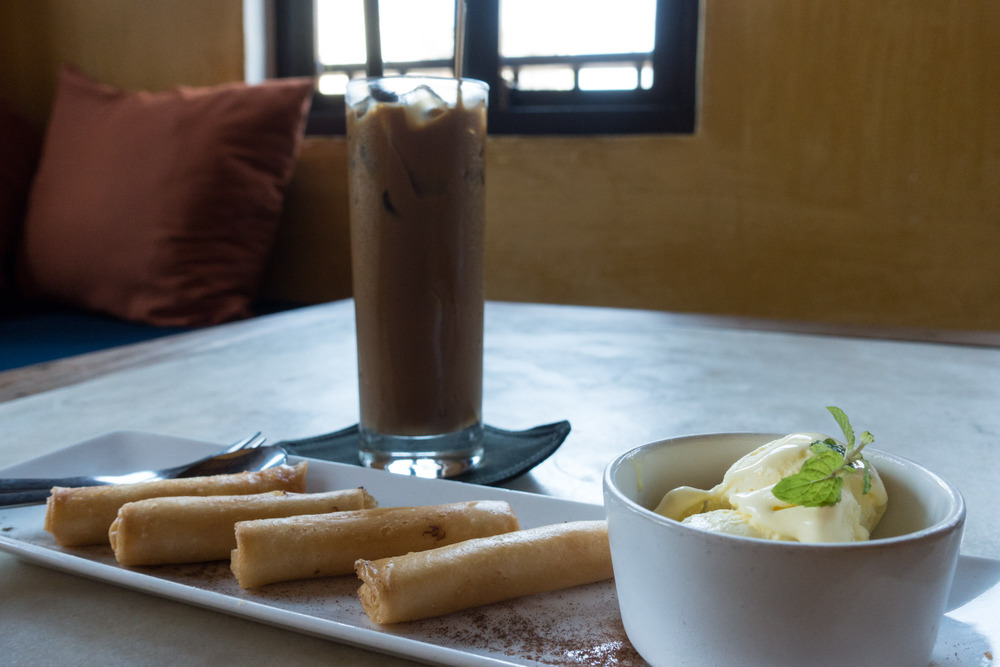
On our last day in Hội An, we escaped the touristy Ancient Town and drove to Mỹ Sơn, ancient Cham ruins located an hour’s ride away. At its height, the Cham empire (Champa) stretched over much of central and southern Vietnam and parts of eastern Laos. The ruins at Mỹ Sơn are divided into several different clumps, each dating from a different time period. They are constructed primarily of red brick. According to our ticket stubs, the bricks are not held together with mortar, and there is still debate among experts on how the original buildings were constructed. Time and erosion have toppled some of the towers and worn away much of the detail on the outside. Many structures were also damaged by bombs during the Vietnam War, and numerous bomb craters cover the site. A couple buildings were reduced to large piles of bricks; others developed huge cracks and are now held up by scaffolding and metal reinforcements. Many of the building have been lovingly and carefully restored (to varying degrees) to hint at their original grandeur.

